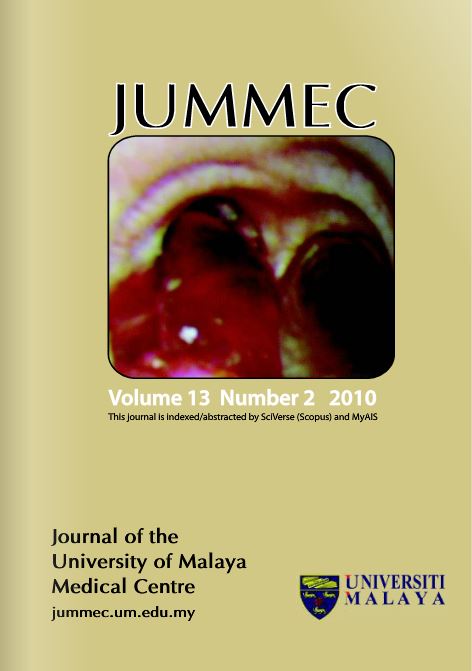THE PRACTICE OF ACUPUNCTURE IN SAUDI ARABIA
Abstract
Acupuncture is one of the oldest and most commonly used complementary medical procedures in the World. Although it is not free from side effects, its use is becoming increasingly popular. The aims of this study were to describe the demographic characteristics of acupuncture users in Riyadh, Saudi Arabia and their knowledge, attitude and experience regarding acupuncture, as well as to determine the common complaints for which patients seek help from acupuncture
centers. A cross sectional study, which targeted patients who attended acupuncture centers in Riyadh city during the study's period. Most of the study participants were 21-40 years of age and about two third of them were males. The most common complaints that lead to acupuncture visits were joint pain (22.4%) and headache (18.6%). Dissatisfaction with medical treatment and side effects of medications were the major reasons, which led patients to seek cure from acupuncture therapy. About 65% of the patients heard of acupuncture from their families and friends. Pain sensation from needle puncture was the most noticed side effect (15.8%). Twenty-two patients
completed treatment during the study period and out of those, twenty one patients claimed that they were successfully treated. The practice of acupuncture in Saudi Arabia is not well established. Pain seems to be the most common symptom that guides patients to attend acupuncture centers. There is need for education related to the appropriate use of acupuncture in Saudi Arabia.
Downloads
Downloads
Published
Issue
Section
License
All authors agree that the article, if editorially accepted for publication, shall be licensed under the Creative Commons Attribution License 4.0 to allow others to freely access, copy and use research provided the author is correctly attributed, unless otherwise stated. All articles are available online without charge or other barriers to access. However, anyone wishing to reproduce large quantities of an article (250+) should inform the publisher. Any opinion expressed in the articles are those of the authors and do not reflect that of the University of Malaya, 50603 Kuala Lumpur, Malaysia.


